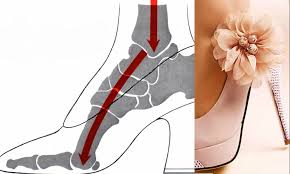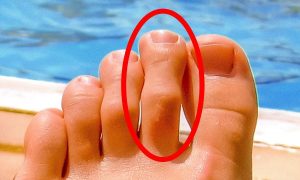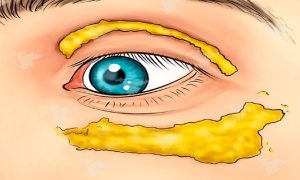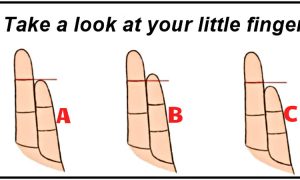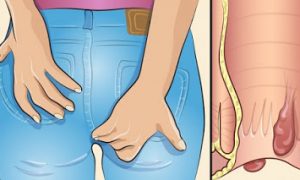Wearing high heels makes you look taller, more attractive and more feminine, but it can also cause muscle pain and weakness in your legs. We know that most of the women adore high heels, but wearing them on a daily basis can cause serious health problems. Even wearing them occasionally can cause certain damage to your body.
High heels makes your stomach and chest to push forward and your butt to push back. This position of your body when wearing high heels puts more weight on your spine and more pressure on your lower back. There are even evidences that high heels can cause vertebrae to push forward in front of another, which is extremely painful.
High heels are most harmful for your legs. Wearing high heels causes your calf muscles to tighten and shorten which can sometimes result in shortened Achilles tendons.
Wearing flat shoes and walking barefoot maintains a 90 degree angle with your legs. To avoid serious consequences caused by wearing high heels, avoid high heels for some time and go back to the flats.
The Unnatural Foot Position
High heels cause your foot to be in an unnatural position. People were meant to walk with heels first, to place their weight on the heels while pressing on their forefoot quickly before repeating.
It’s different with wearing high heels. By wearing high heels, you put a bigger amount of pressure on your forefoot which moves the weight off your heels. This will eventually cause weakened feet.
Dangers of Wearing High Heels
No matter how beautiful your high heels are, they’ll always have a negative impact on your body. Wearing high heels can cause:
- Strained muscles around the ankles.
- Back pain.
- Weakened Achilles tendons.
- Numbness in the toes.
- Permanent nerve damage in the toes.
- Weakened calf muscles.


